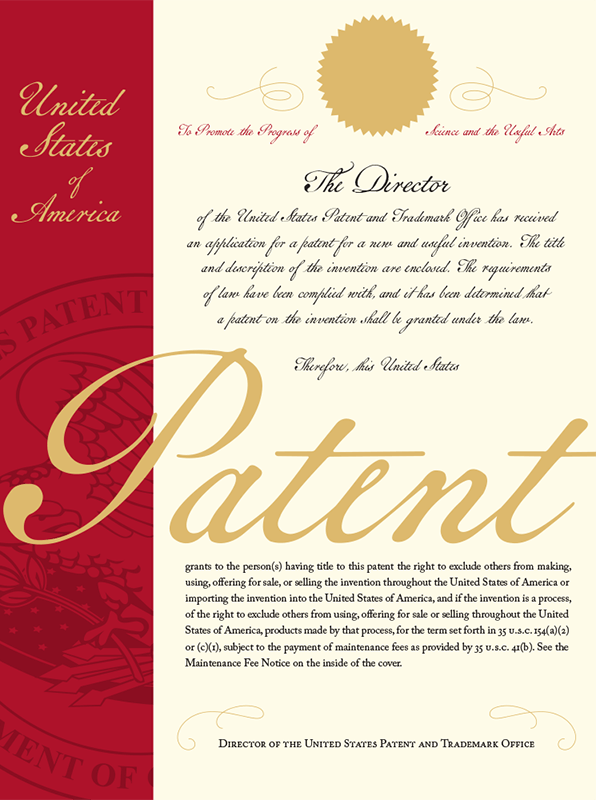Since WWII, military submarines have been lost. The US Navy has lost at least four:
1949 USS Cochino
1958 USS Stickleback
1963 USS Thresher
1968 USS Scorpion (per List of lost United States submarines - Wikipedia)
The Russians/Soviets have lost at least 16:
S-117 (1952) †
M-200 Месть (Mest) (1956) †
M-256 (1957) †
К-19 (1961)
S-80 (1961)
B-37 (1962) †
K-3 Leninsky Komsomol (1962)
K-129 (1968) †
K-27 (1968) †
K-8 (1970) †
K-56 (1973)
S-178 (1981)
K-429 (1983)
K-219 (1986)
K-278 Komsomolets (1989)
Kursk (2000) (per List of lost Russian submarines
List of lost Russian or Soviet submarines - Wikipedia)
In 1968 alone, for submarines were lost: the Israeli submarine INS Dakar, the French submarine Minerve, the American submarine USS Scorpion, and the Soviet submarine K-129.
K-129 sank on 8 March 1968 approximately 1,560 nautical miles northwest of Oahu with 98 men aboard. The Soviet navy started searching for it, but they were looking in the wrong place. The US was able to triangulate the noise from what was likely an explosion aboard the sun, and the US Navy began a salvage operation called Project Azorian.
The wreck of K-129 was identified by USS Halibut northwest of Oahu at an approximate depth of 4,900 m (16,000 ft) on 20 August 1968. It was surveyed in detail by Halibut – reportedly with over 20,000 close-up photos.
Salvage of another country’s submarine was illegal and considered a hostile act. With deliberations escalating up to the office of the President, the US Government decided that the risk was worth the potential reward. The Soviets had some suspicions that the Americans were going to try and salvage their sun, but they dismissed it as impossible at those depends.
The US Navy built the purpose-built Hughes Glomar Explorer with the cover story being that it was to mine manganese nodules from the ocean floor. Billionaire Howard Hughes agreed to be the front man for this cover story, and the highly secret project proceeded. The media and the Soviets called the mining operation Project Jennifer. The mission was called Project Azorian.
According to one account, in July–August 1974, Hughes Glomar Explorer grappled with and was able to lift the forward half of the wreck of K-129, but as it was being raised, the claw suffered a critical failure, resulting in the forward section breaking into two pieces with the all-important sail area and center section falling back to the ocean floor. Thus, the center sail area and the after portions of K-129 were allegedly not recovered. The forward 40 feet, including nuclear torpedoes, was recovered, however.
Project Azorian was one of the most expensive and deepest secrets of the Cold War. Estimated costs were approximately $4.7B USD in current 2023 dollars.
